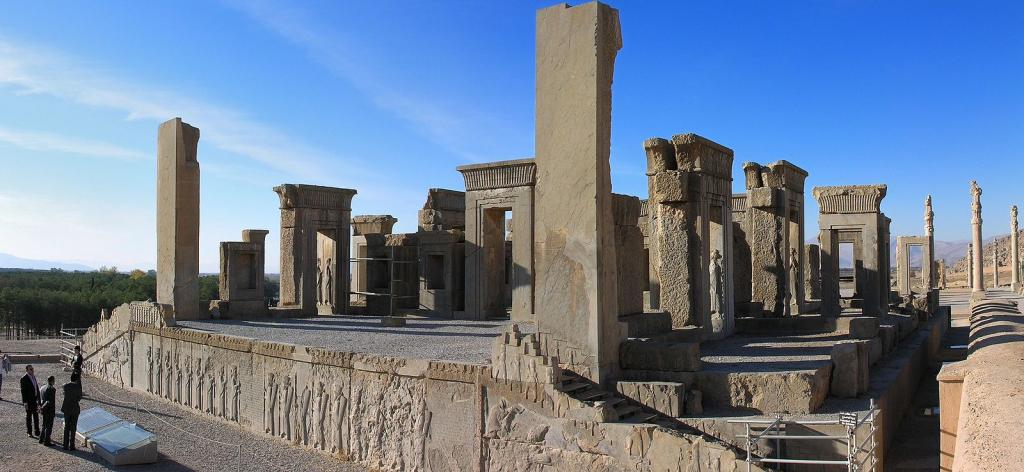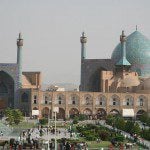
It seems that the crisis that loomed following the assassination of Qasem Soleimani (قاسم سلیمانی) may have receded somewhat. Whether that is permanent or not remains to be seen.
One positive result of the relaxation of tensions is that President Donald Trump’s threat to destroy Iranian cultural treasures seems less likely to be carried out, at least in the near term. Moreover, high-ranking officials in the Trump administration, both at the Pentagon and at the Department of State (including the Secretary of State himself) have distanced themselves from the threat, promising that they will not violate international law. (The deliberate and militarily unnecessary targeting of cultural landmarks is counted as a war crime.) Mr. Trump himself seems to have backed off.
But I was and am deeply troubled by the fact that Mr. Trump even made the threat. I hope he now understands how immoral, illegal, unwise, and, indeed, counterproductive such an act would be. It would inflame the population of Iran, which, historically and now, is deeply patriotic. It would outrage people across the Middle East and the Islamic world. But it would also infuriate civilized people everywhere. I can promise that I, for one, would be loud in protest. For a long, long time.
“Iran’s cultural treasures have been threatened by Trump. Here are some of its most important sites”
“What Trump’s tweet threatening Iran’s cultural sites could mean for Shiite Muslims”
And it must be remembered that the potential targets of Mr. Trump’s proposed bomb or missile attacks would be not merely sites that are important, even sacred, to Iranian Shi‘ite Muslims. The UNESCO World Heritage sites in Iran do include many Shi‘ite and general Muslim holy places and shrines, yes. But they also include Armenian Christian monasteries. And here’s a list of UNESCO World Heritage sites located in Iran that date to the pre-Islamic period of the region’s history:
- the sixth-century BC trilingual inscriptions at Bisotun
- the urban complex of Susa, which was settled sometime in the fifth millennium BC
- the Bronze Age settlement of Shahr-i Sokhta
- the palace, gardens, and tomb of Cyrus the Great at Pasargadae
- the ruins of the ancient royal city of Persepolis
- the Sassanid archaeological ruins of the southeastern province of Fars, which date to the period from the third century to the mid-seventh century AD
- the fifth-century AD water system of Shushtar
- the great archaeological site of Takht-e Soleyman
- the ruins of the holy city of the Kingdom of Elam at Tchogha Zanbil, dating from the thirteenth century BC
- the historic Persian gardens symbolizing paradise (a word that comes from Greek parádeisos [παράδεισος], which ultimately comes from the ancient Persian word pairi-daêza [“walled enclosure”])
These aren’t the irreplaceable treasures of Shi‘ites, or of Muslims, or of Iranians alone. They belong to all humankind, and their loss would be a catastrophe for the entire world.












